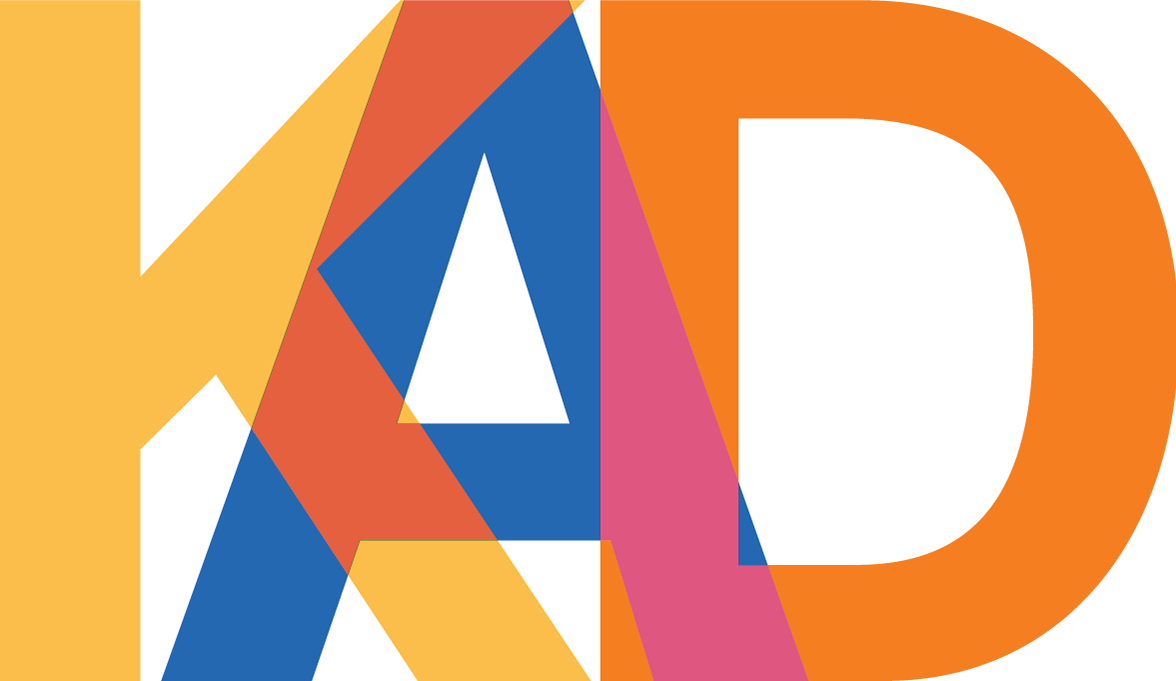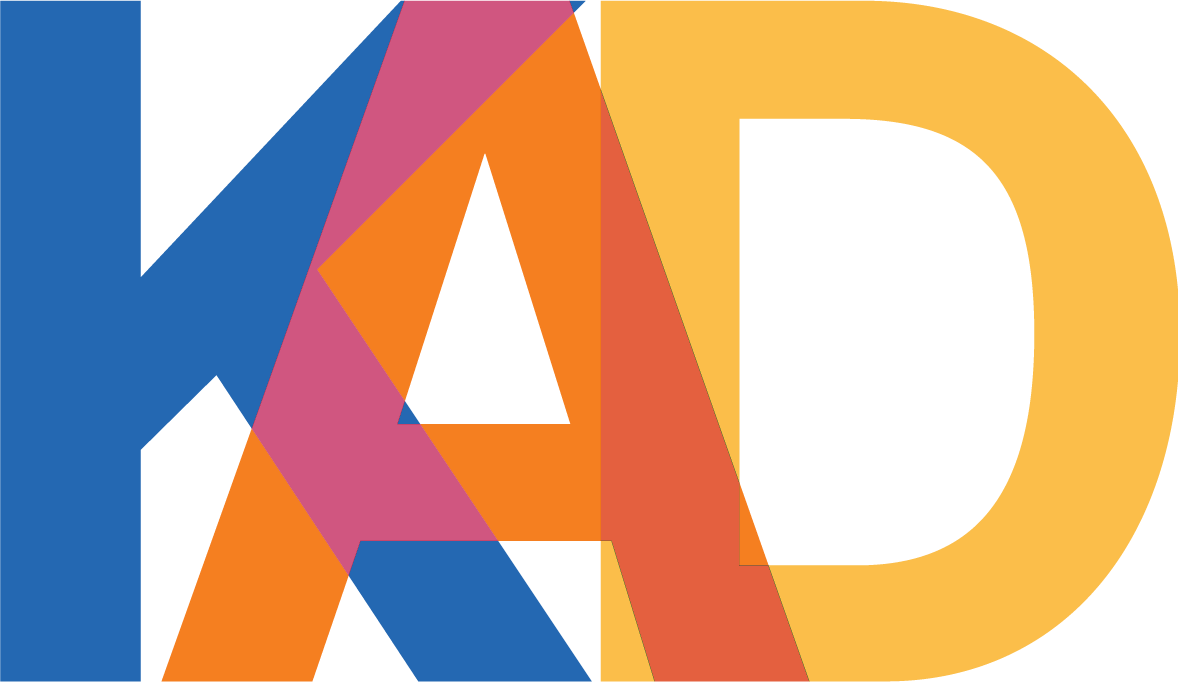Spring 2025
University of Florida
Instructor : Donna Cohen / Ruth Iglehart
University of Florida
Instructor : Donna Cohen / Ruth Iglehart
There is a certain sadness in realizing how much architecture depends on what cannot be held. Lightbox began as a study in form, but it ended as a meditation on light, on what passes through, what disappears, and what remains only for a moment. Lenses and apertures embedded in small models bent and fractured light, casting shifting shadows and delicate highlights. Space emerged not from mass, but from the tension between presence and absence, between light and the silence it leaves behind. Each model became an instrument of observation. Moments of clarity would vanish as quickly as they appeared, replaced by new compositions shaped by time, angle, and impermanence. Lightbox is not about what was built, but about what was revealed, how light, in all its fragility, can define space more powerfully than form ever could.
Precedent Light Studies:
For this tonal study, I focused on the Barnes Foundation by Tod Williams and Billie Tsien, a building known for its subtle interplay of light and shadow. In my drawings, I minimized the use of sharp outlines, instead focusing on capturing the softness of shadows and the gradients of light. The goal was not to define form with hard lines, but to understand how light interacts with surfaces, creating depth and texture through tonal variations. This exercise allowed me to observe the nuanced ways in which shadows can shape space, bringing attention to the architecture’s delicate balance of light and contrast.
Study in Light:
In the second phase of Light box, I created four small models to experiment with light and begin understanding how to manipulate it within space. This phase was deeply experimental, with each model serving as a draft to explore the ways in which light could be shaped, refracted, and cast. Through trial and error, I tested different materials, apertures, and angles, allowing light to reveal new possibilities and inform the direction of the project. The goal was to push the boundaries of light’s role in shaping space and to better understand its ephemeral qualities.
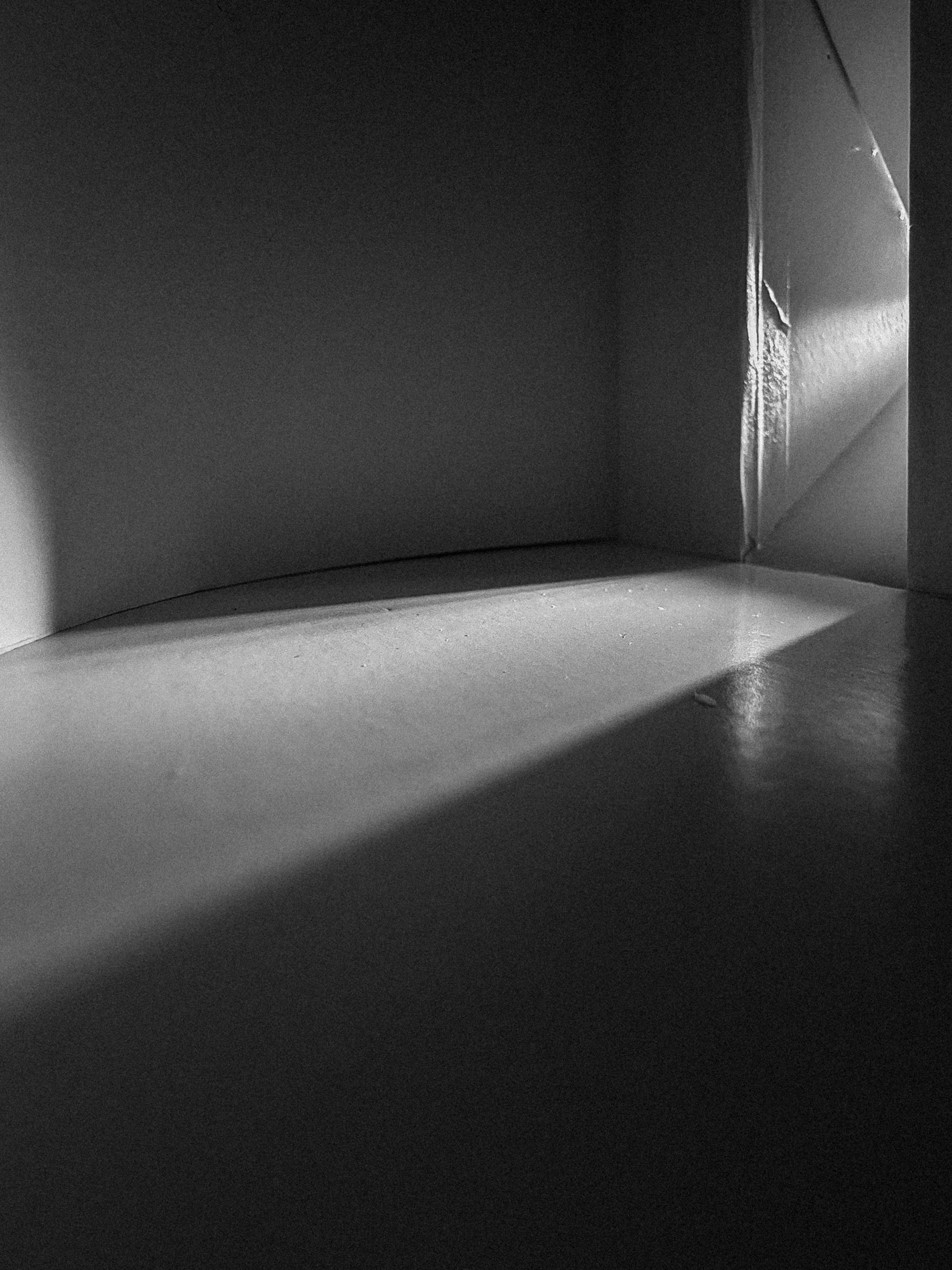
Light Box #1
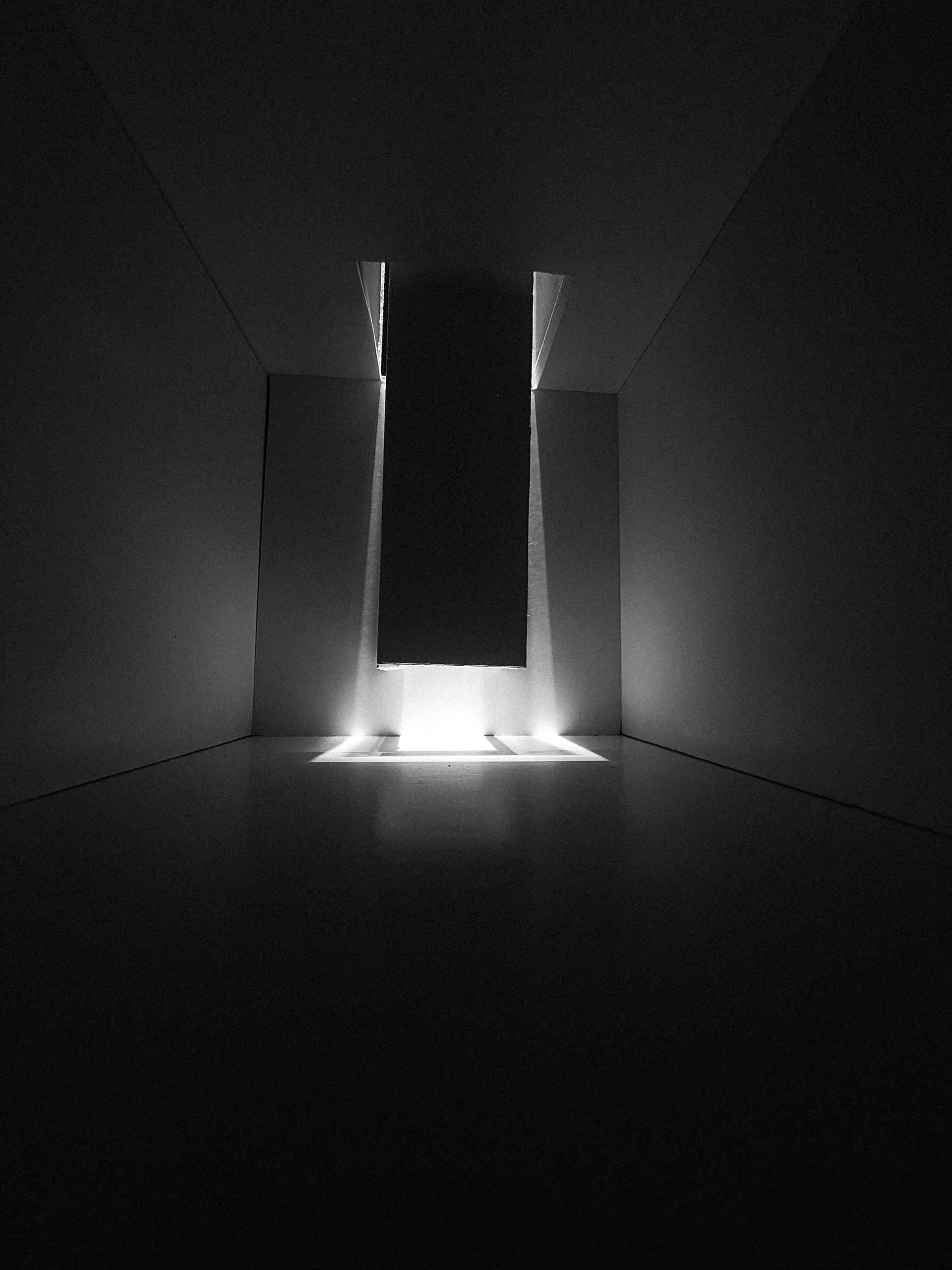
Light Box #2
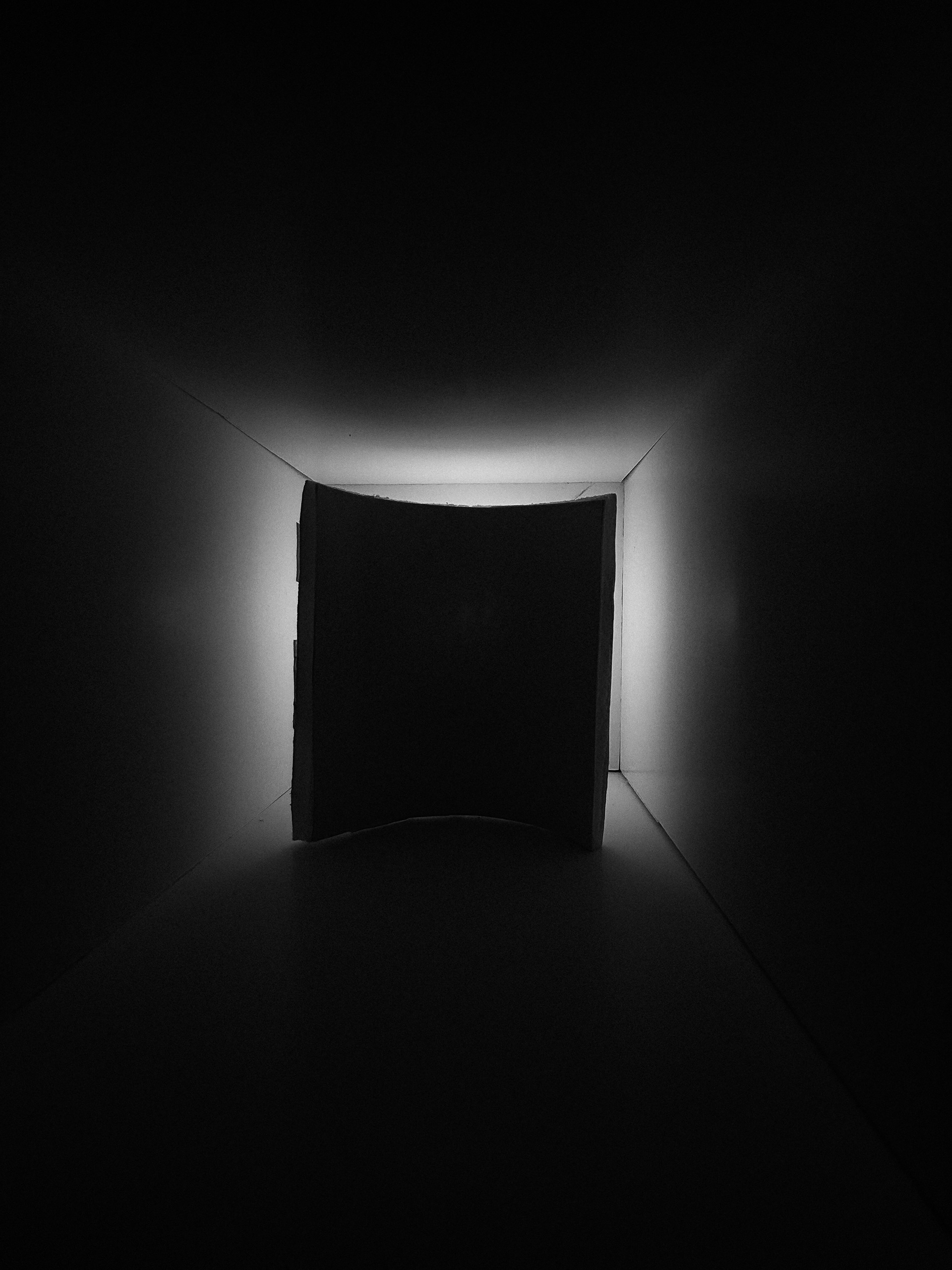
Light Box #3
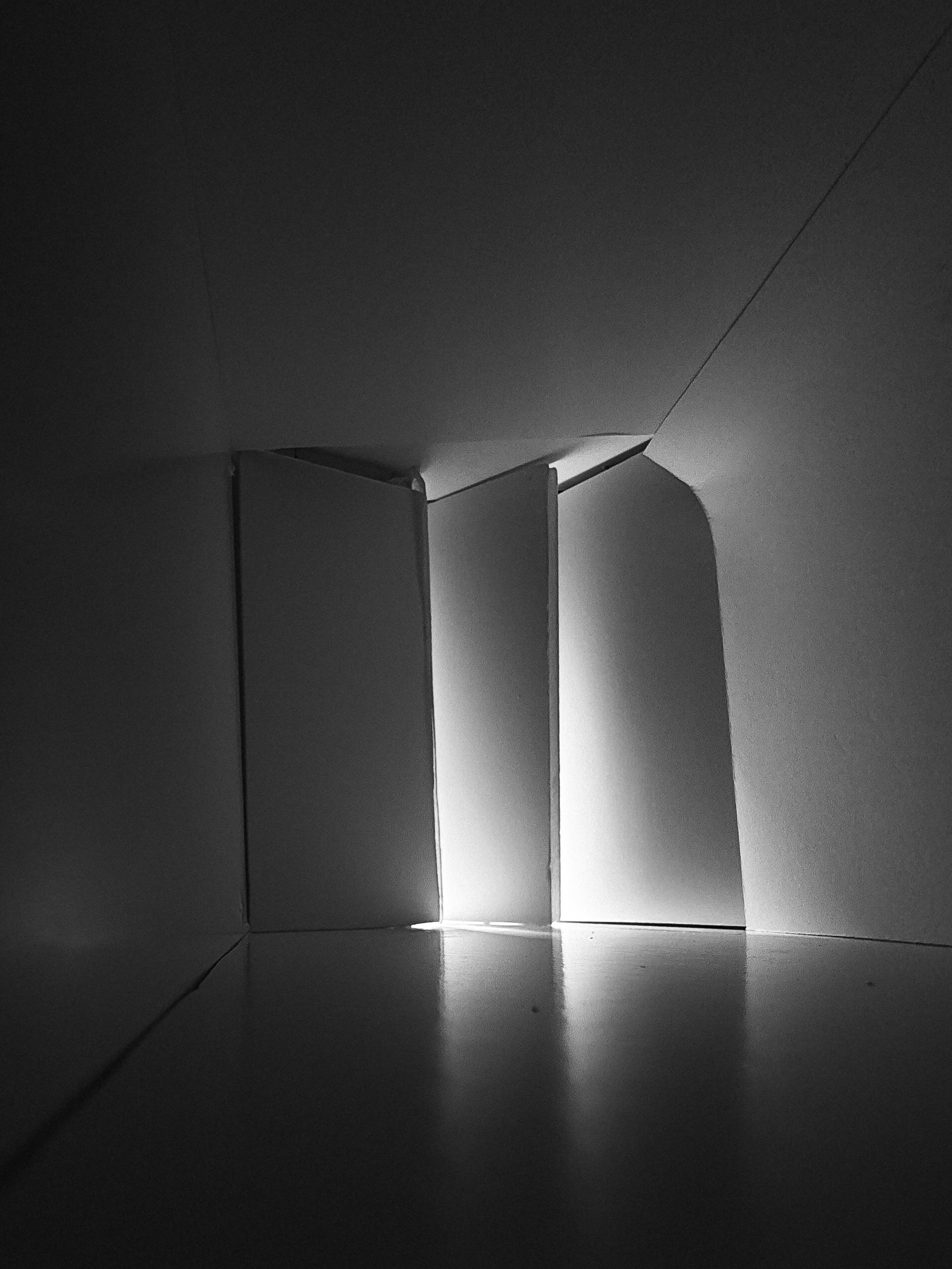
Light Box #4
Light as passage:
Building on the experimental work of the second phase, this stage focused more intentionally on backlighting and the creation of transitional space. The models began to act less as isolated studies and more as vessels, spaces one must pass through, suspended between one point and the next. By positioning light behind and within, I explored how it could guide movement, evoke pause, and create a sense of the "in-between." These models became studies in threshold, spaces defined not by where they begin or end, but by the quiet tension of transition.
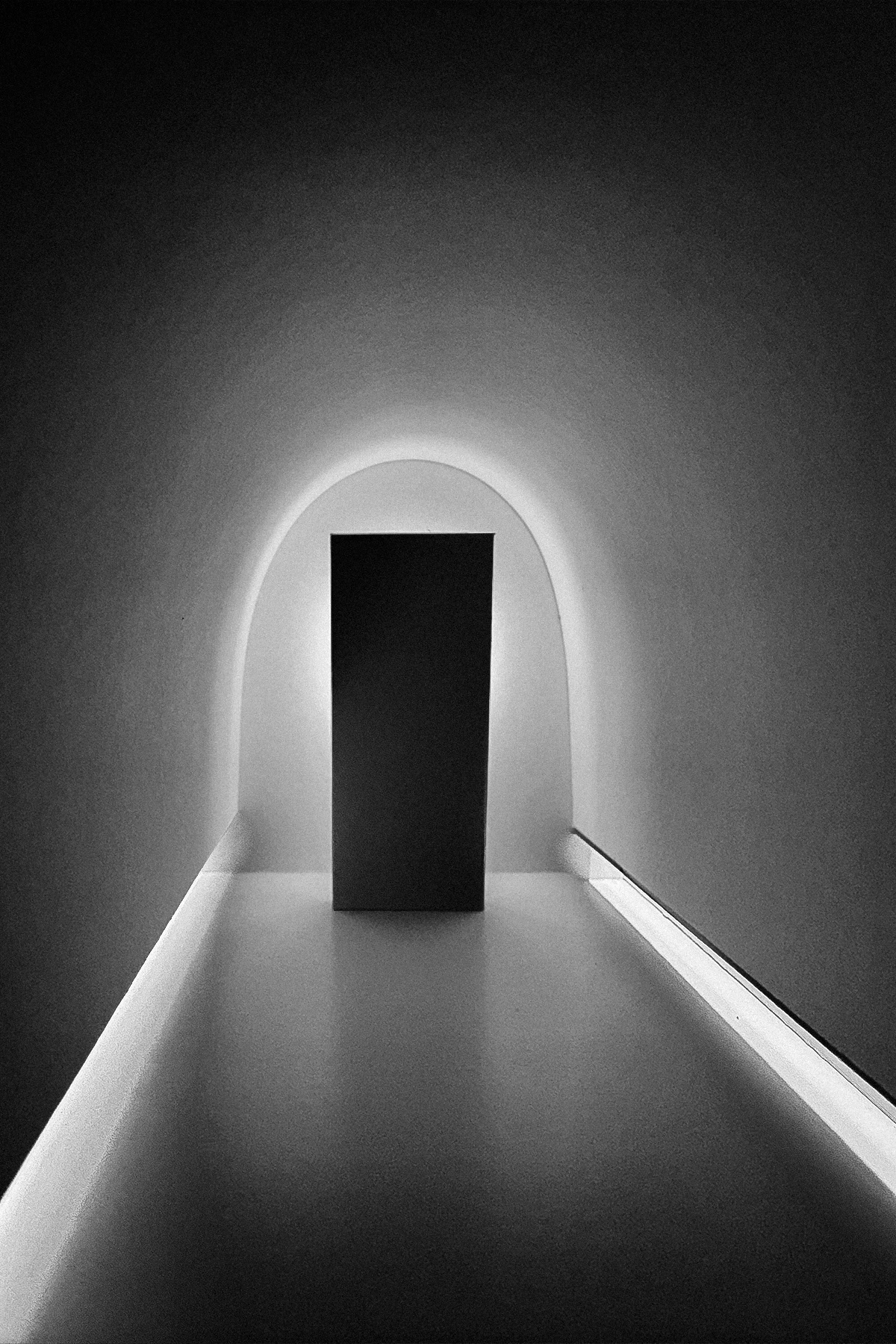
Light box #5
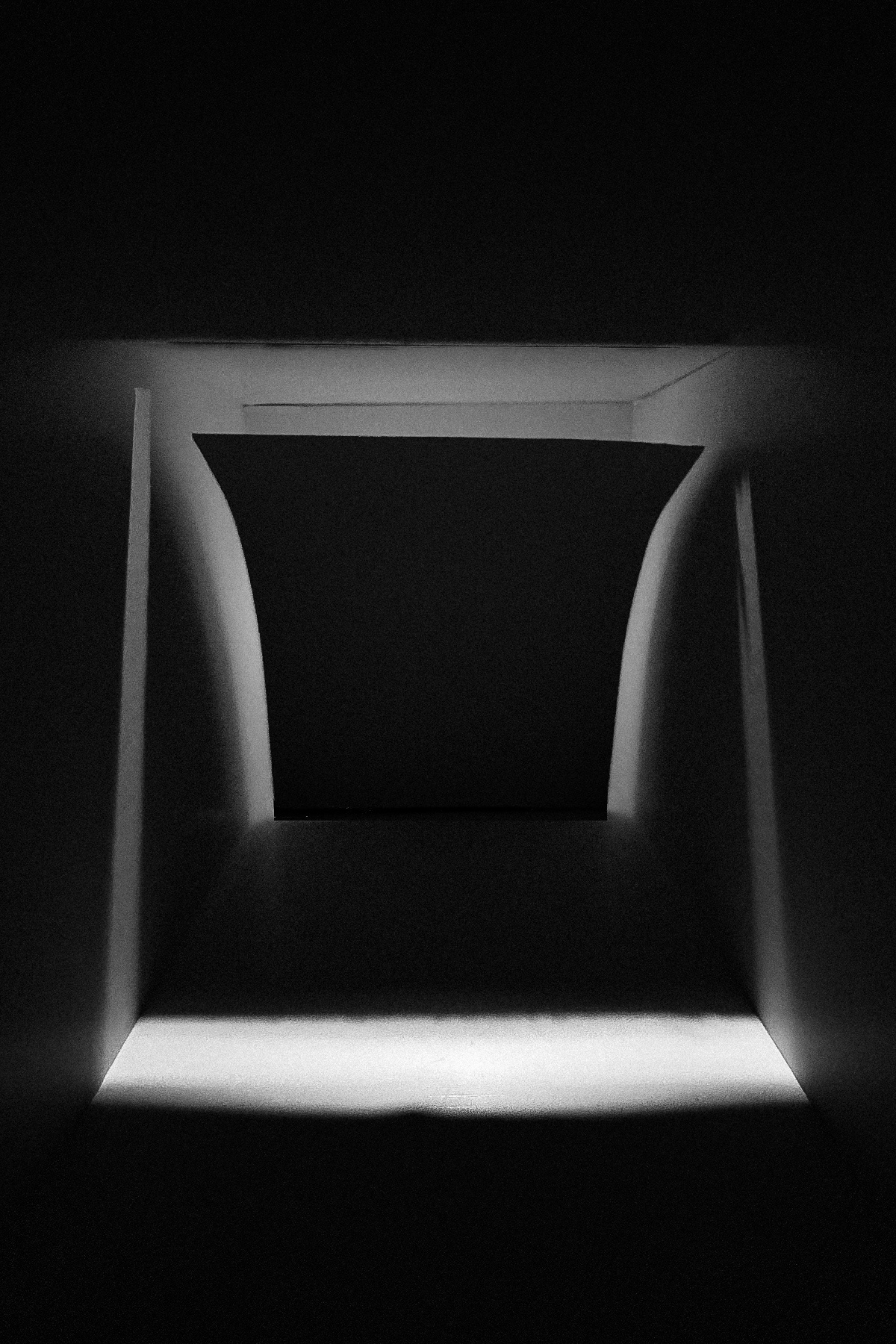
Light box #6
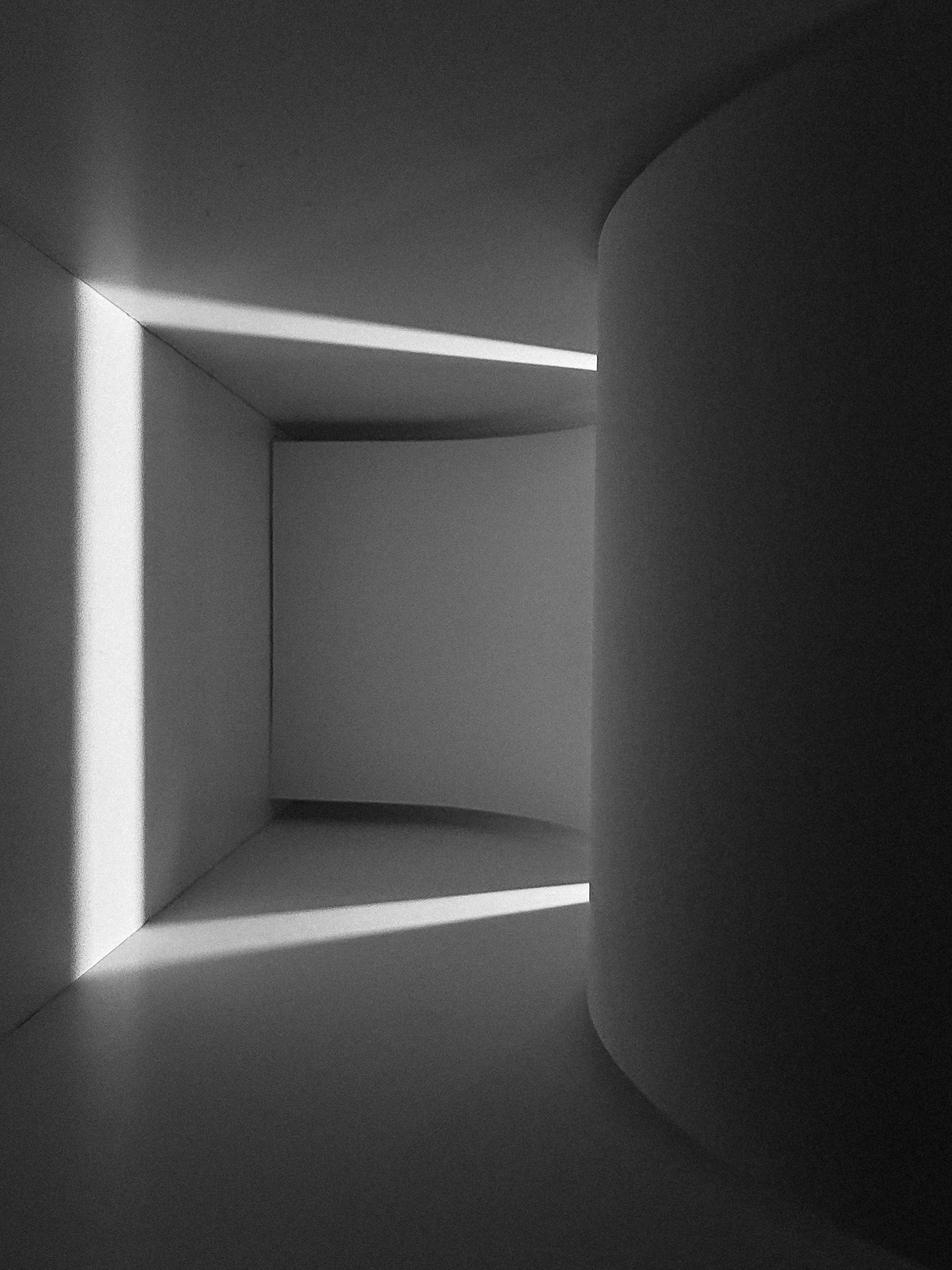
Light box #7
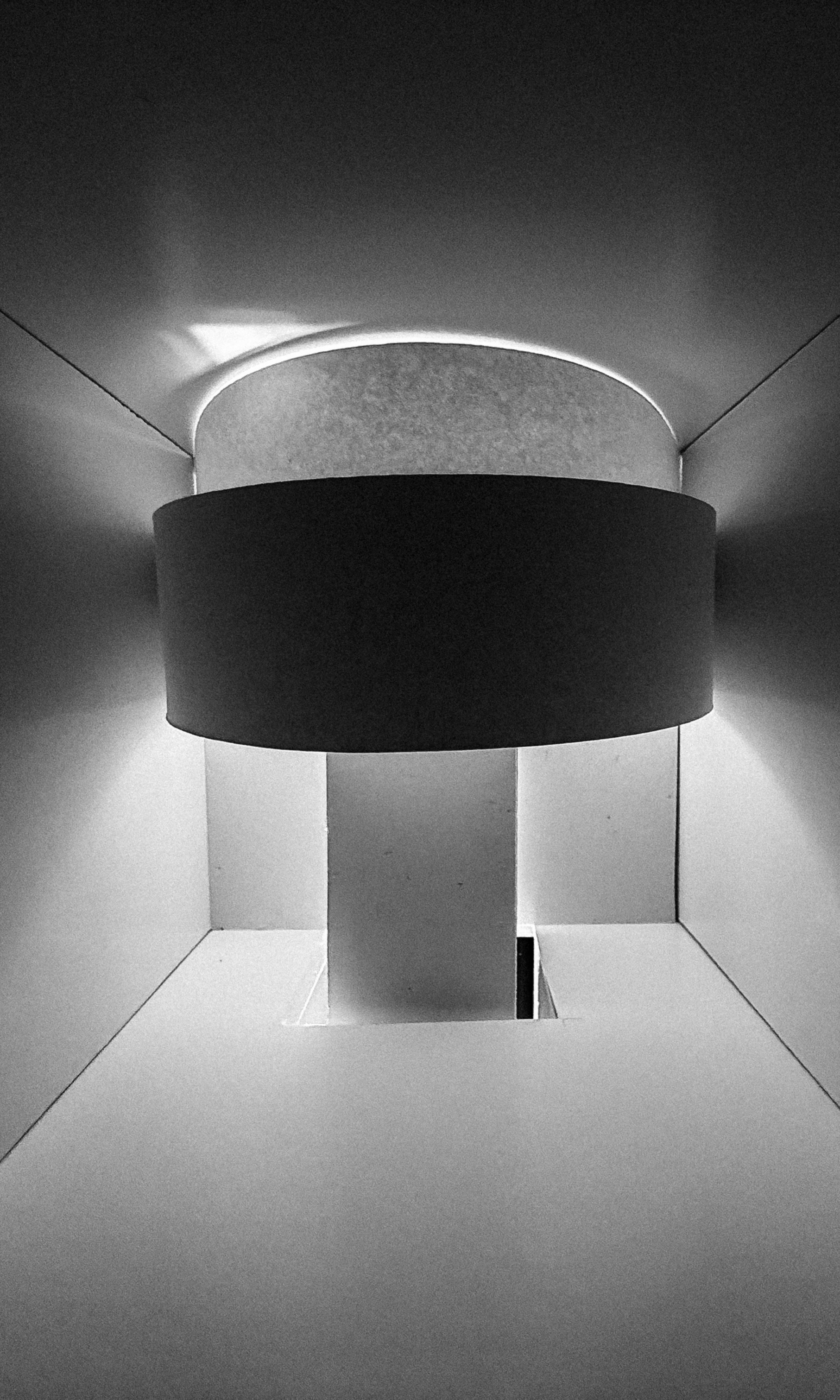
Light box #8
Between Spaces:
In the fourth phase, there was exploration in the relationship between two volumes, one small, one large. Joined to study how light could move, shift, or be held between them. Each box held at least one lens, shaping the light within, while the connection between them became a threshold: a place where light could pass freely or be blocked entirely. Some configurations allowed light to travel effortlessly from one space to the other, creating a sense of depth and flow. Others introduced separation; silence, a pause in the light’s path. Through these contrasts, the project became a study in both movement and interruption.
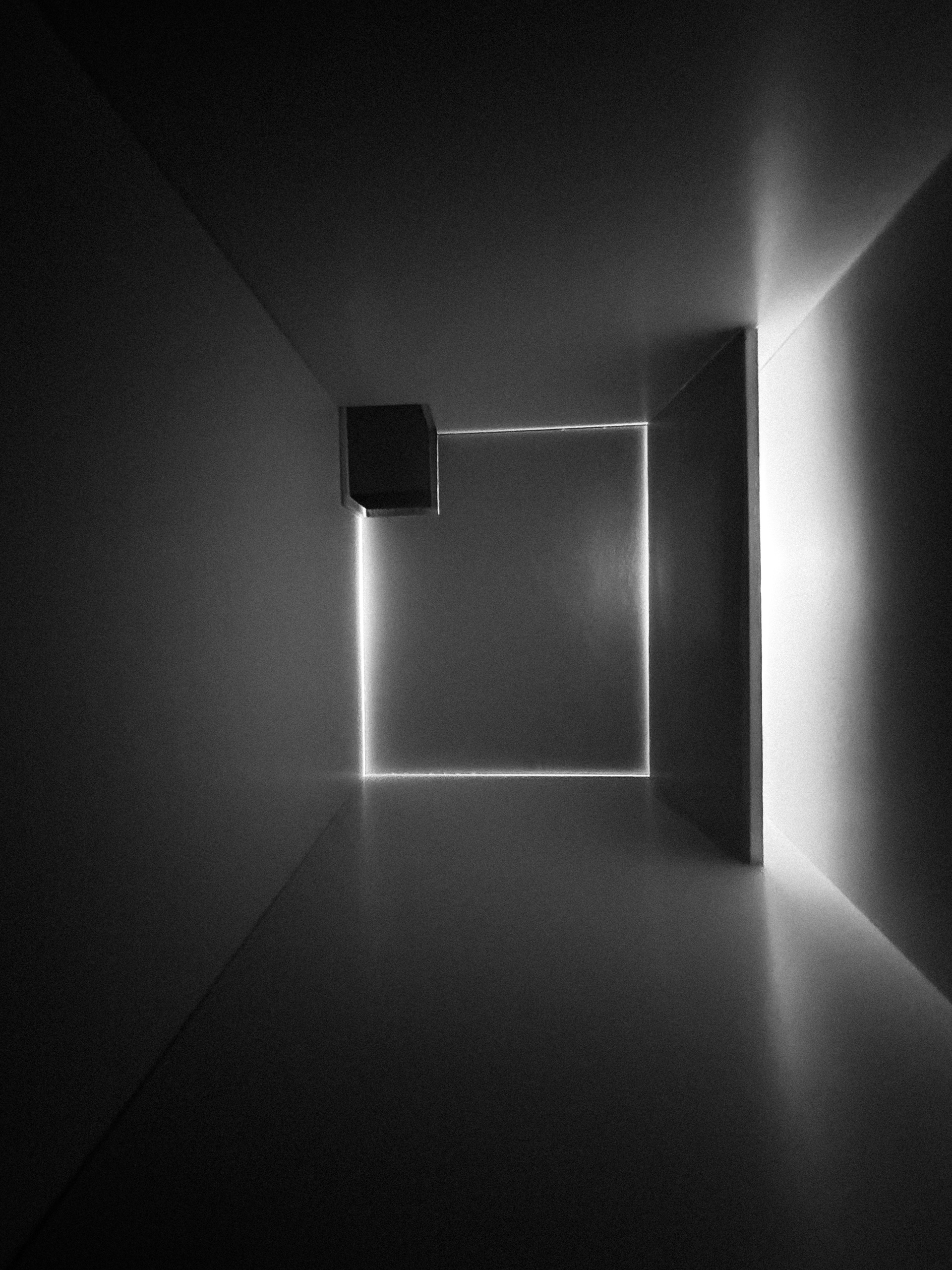
Large box #1 - Iteration 1
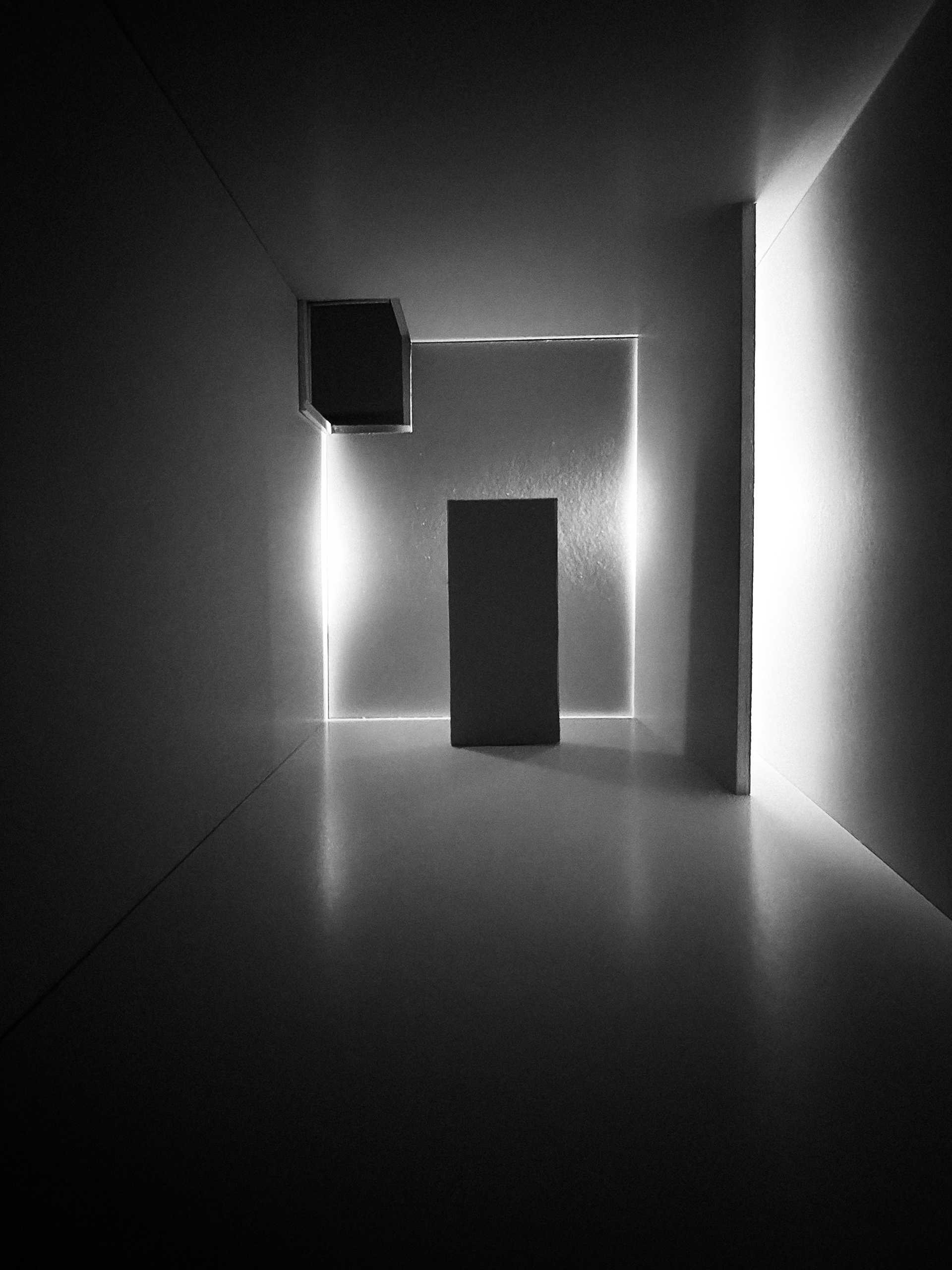
Large box #1 - Iteration 2
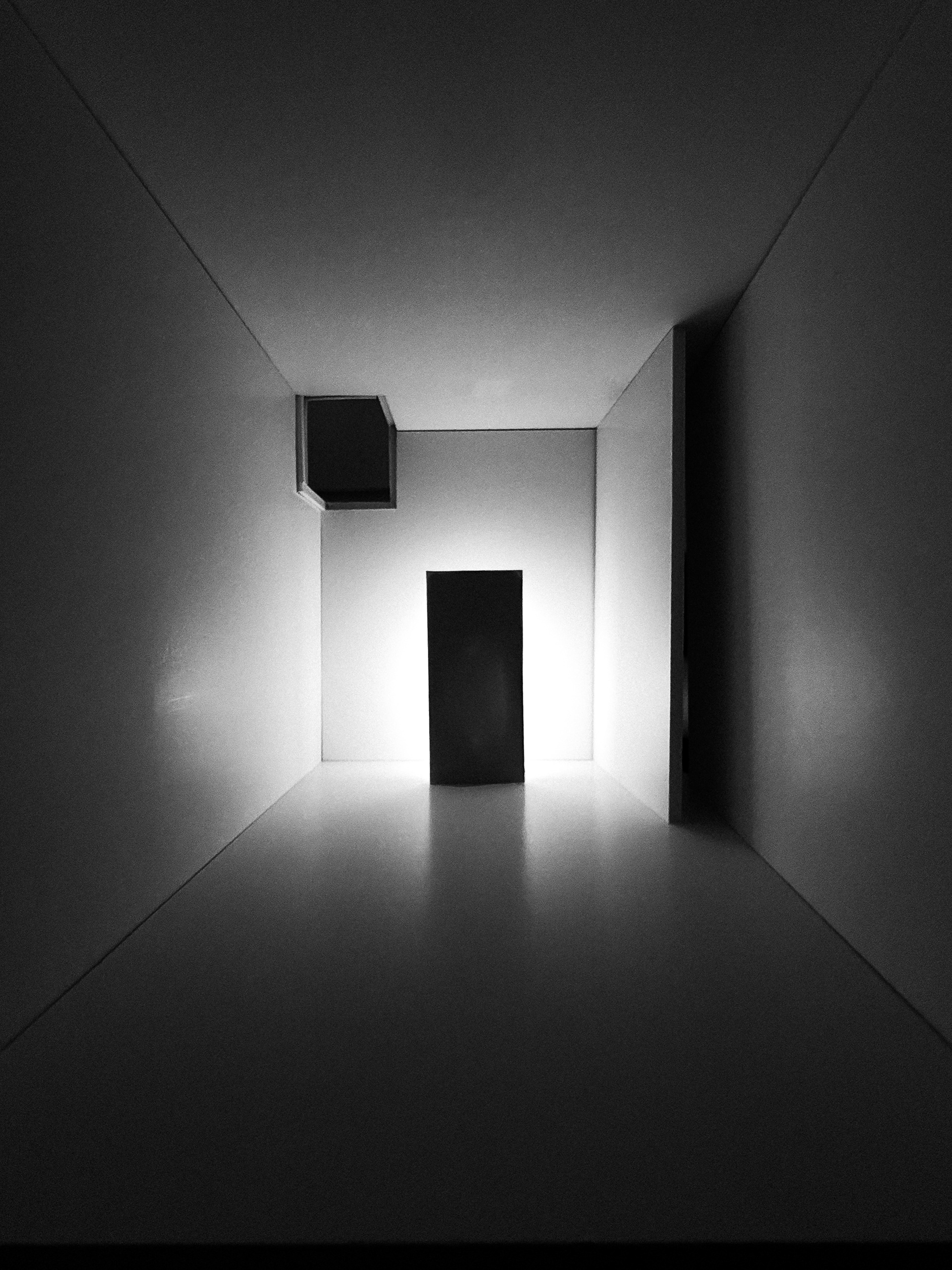
Large box #1 - Iteration 3
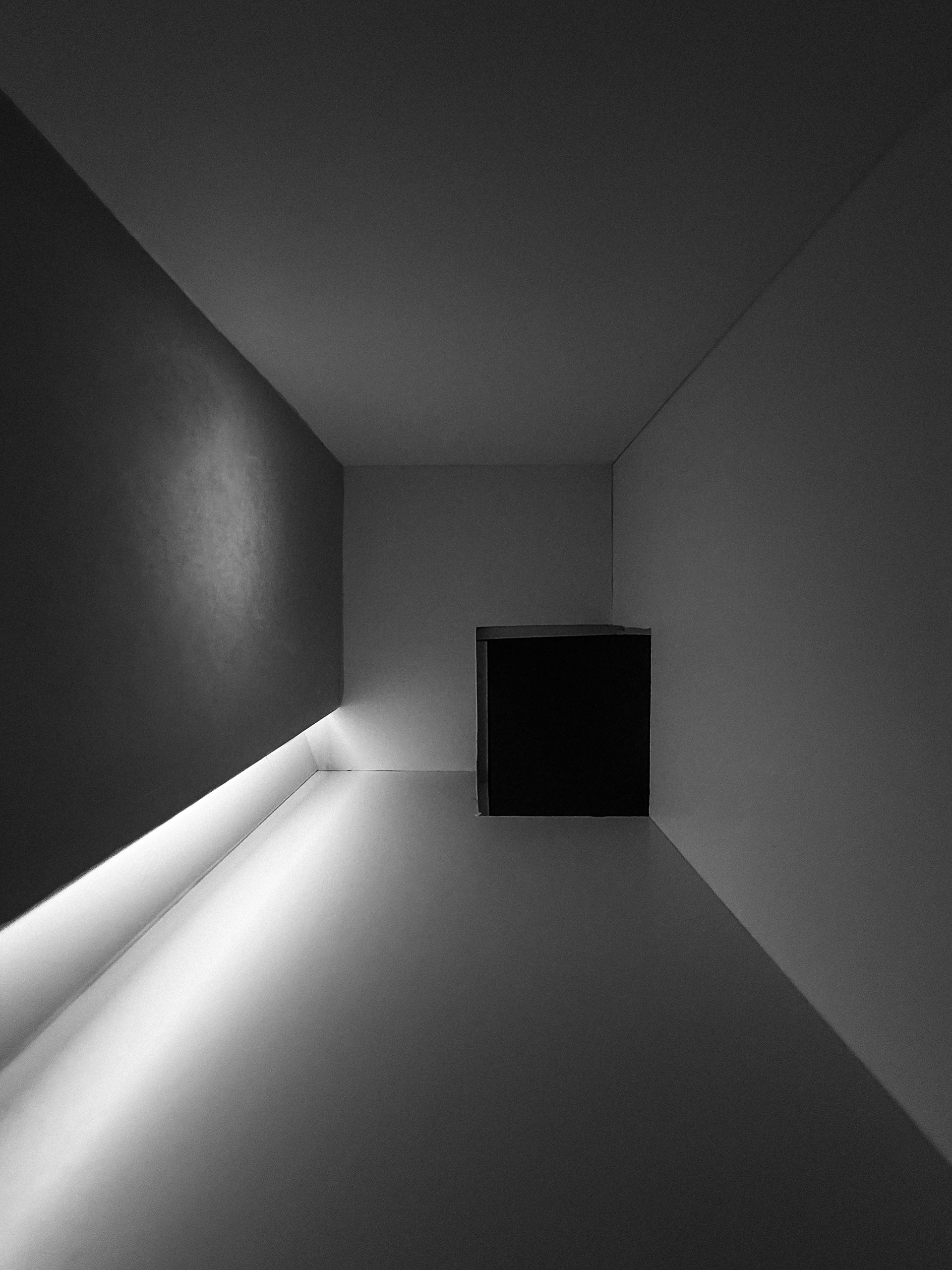
Small box #1 - Iteration 1
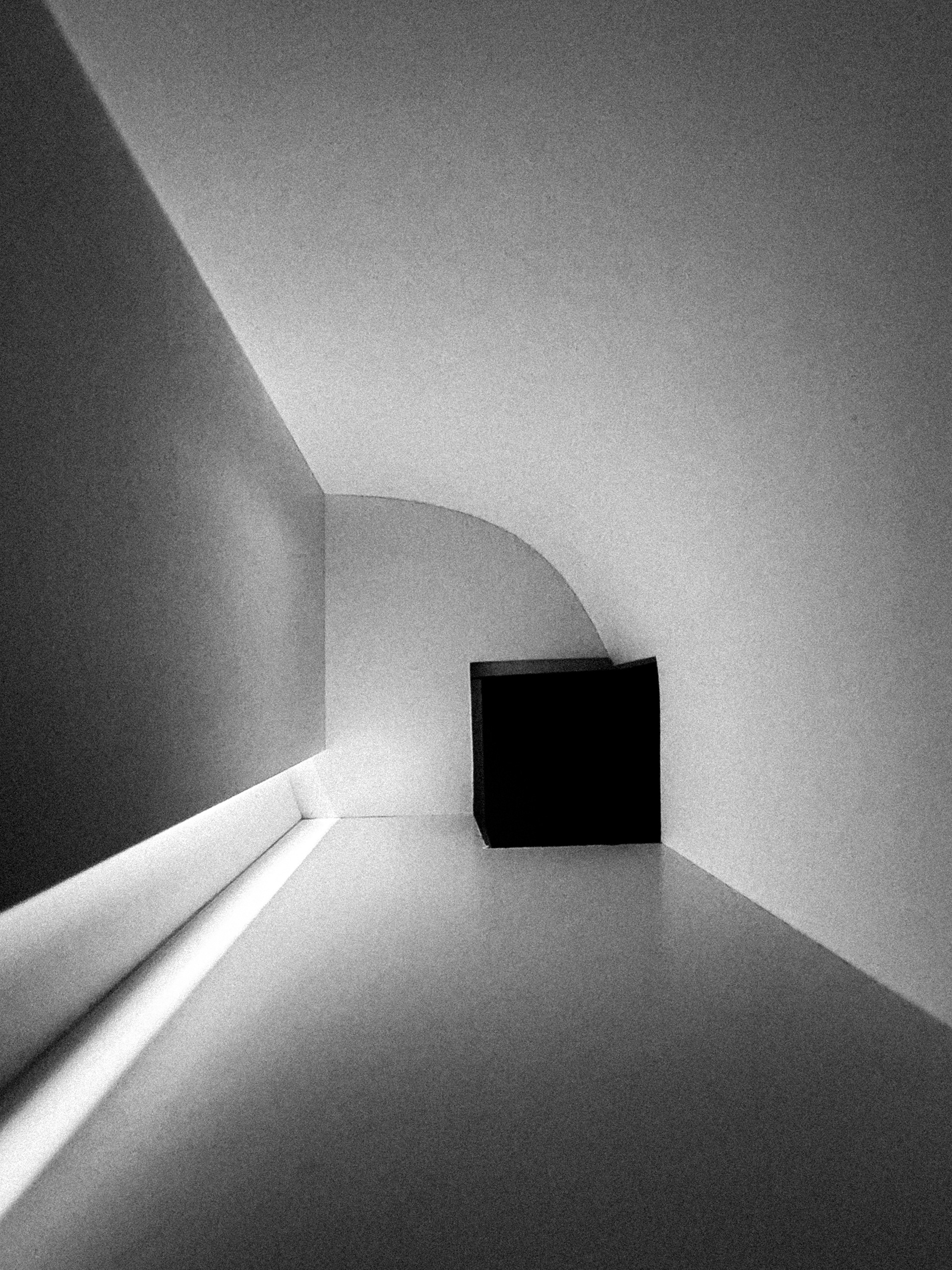
Small box #1 - Iteration 2
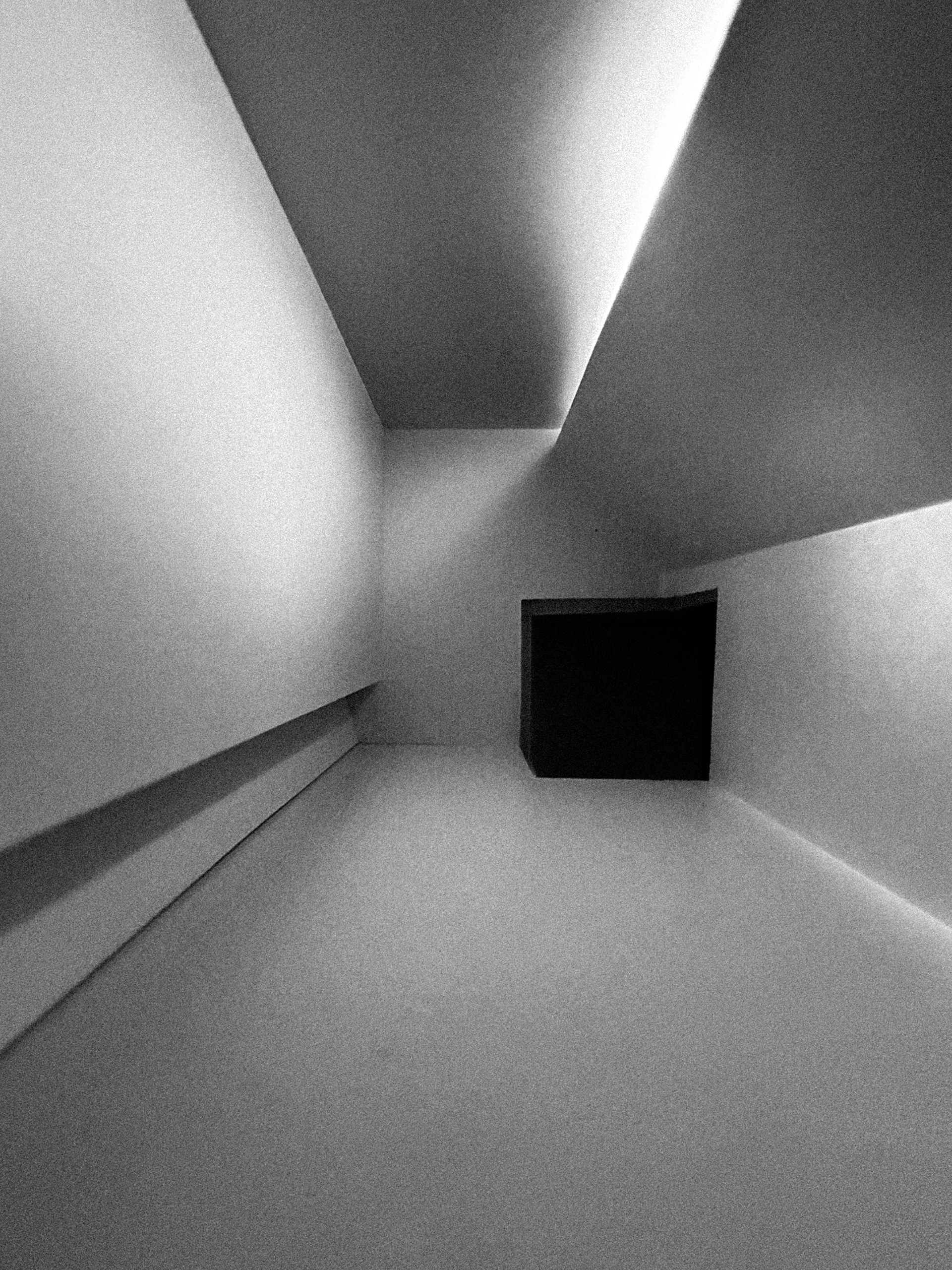
Small box #1 - Iteration 3
INTERPRETATION: THE TWILIGHT ZONE
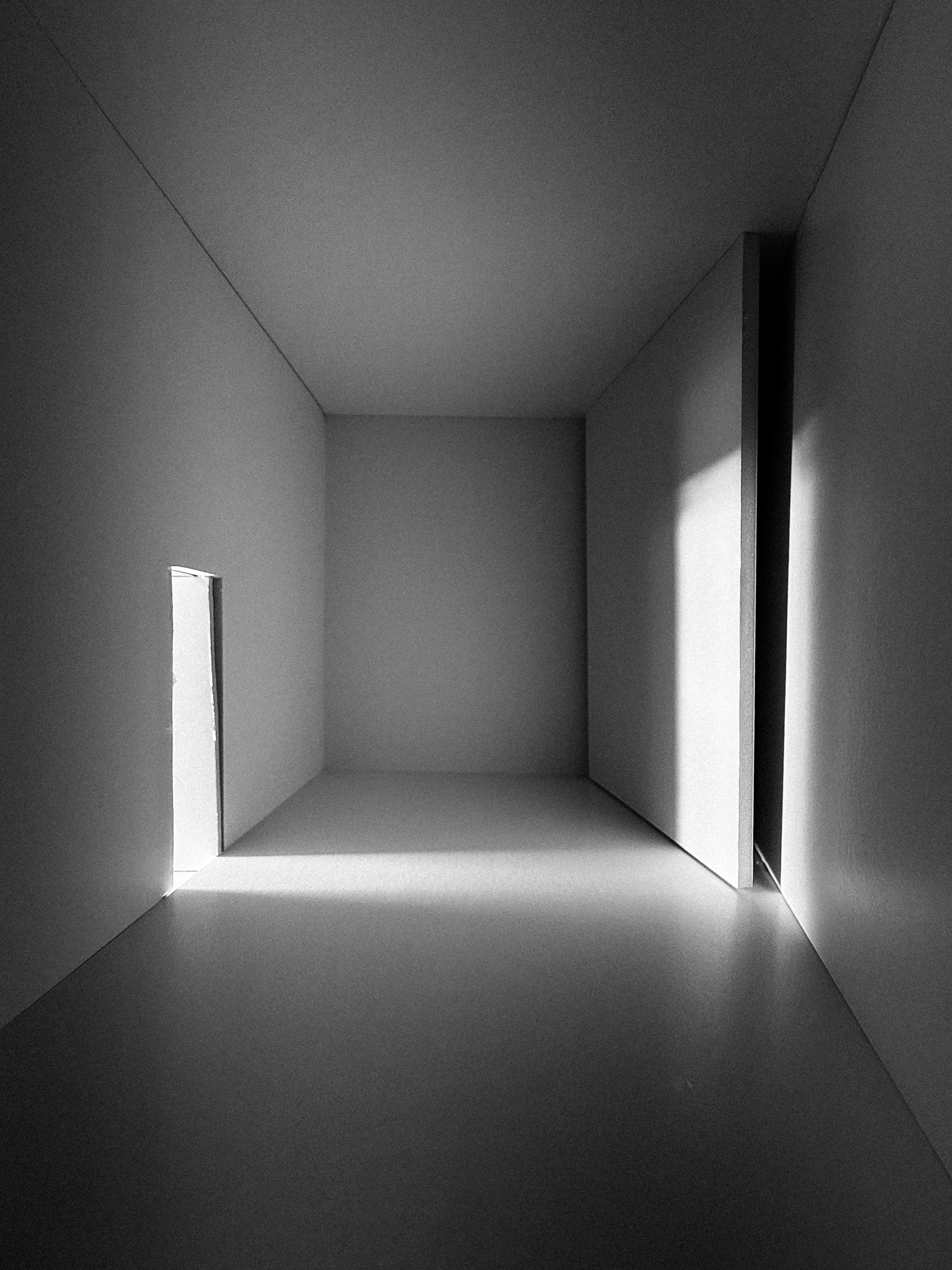
Final Large Lightbox - Iteration #1
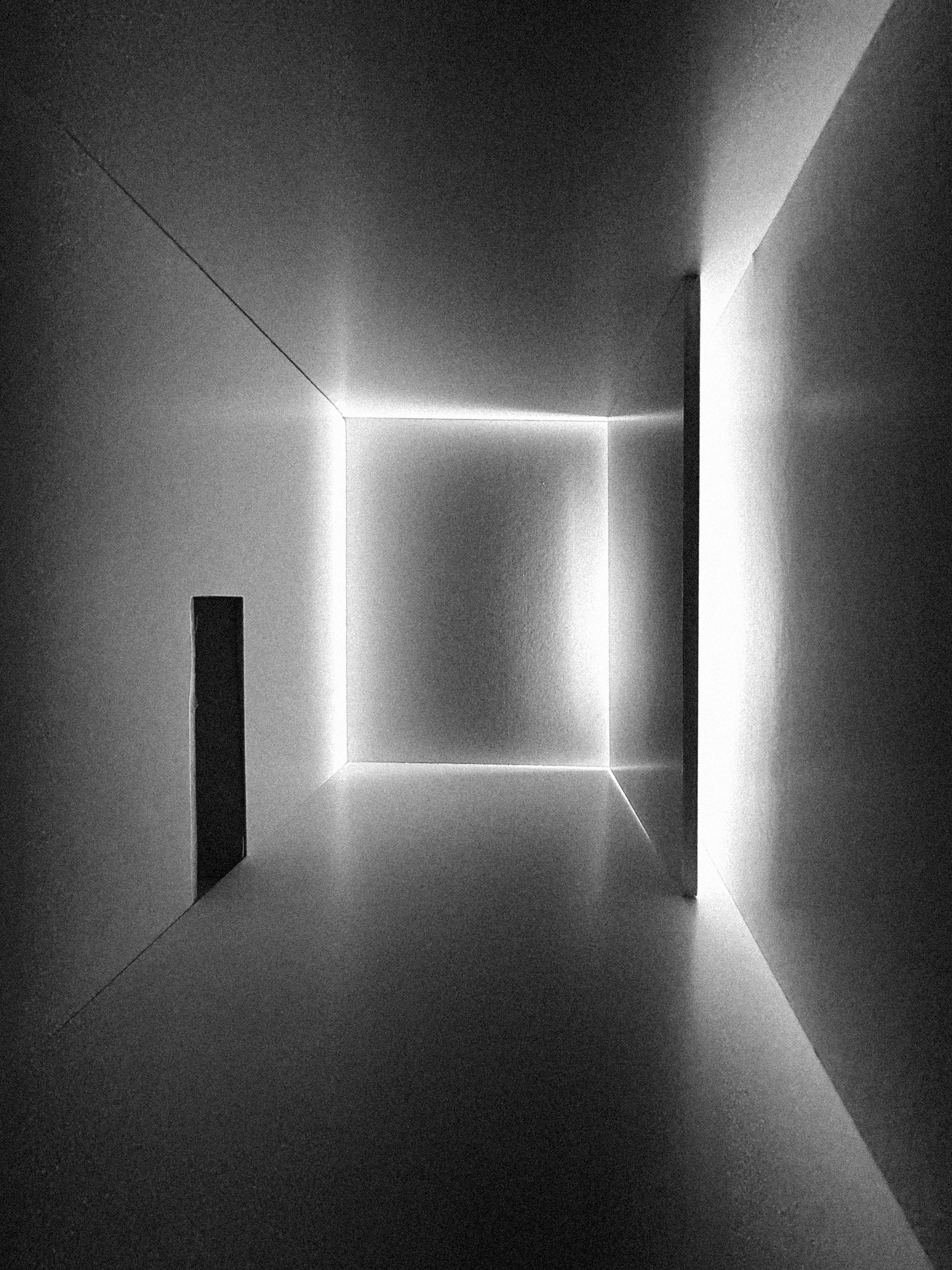
Final Large Lightbox - Iteration #2
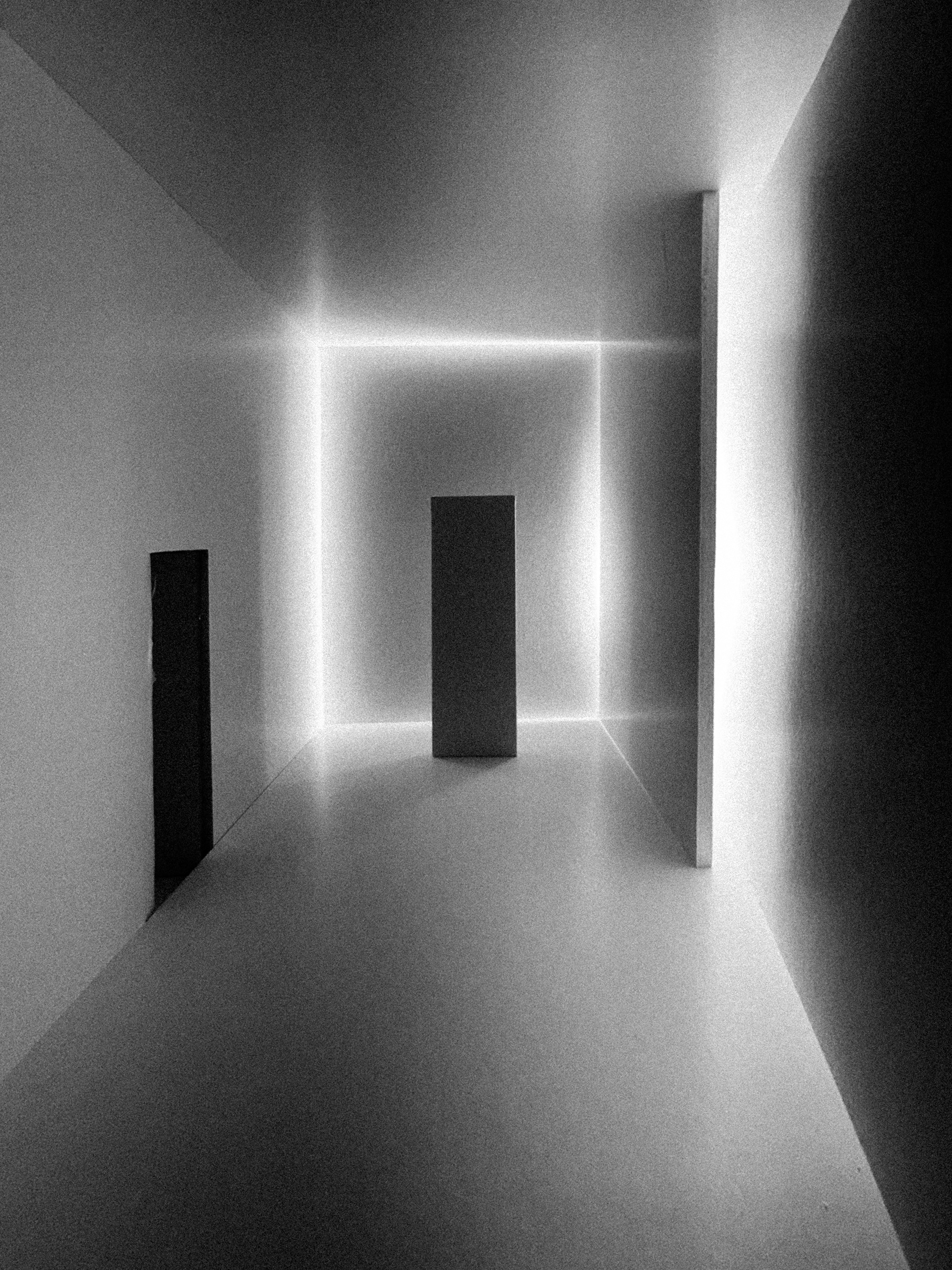
Final Large Lightbox - Iteration #3
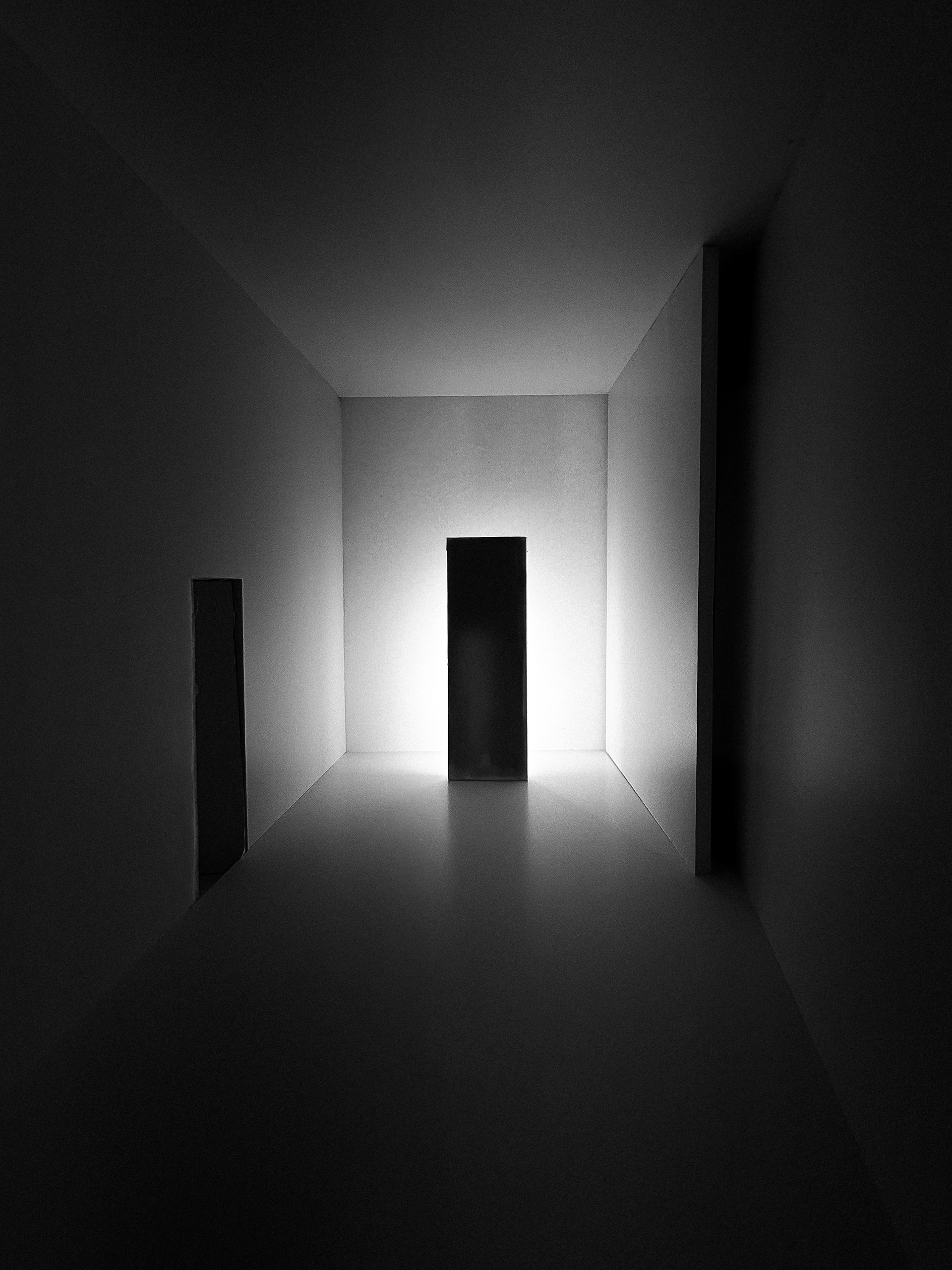
Final Large Lightbox - Iteration #4
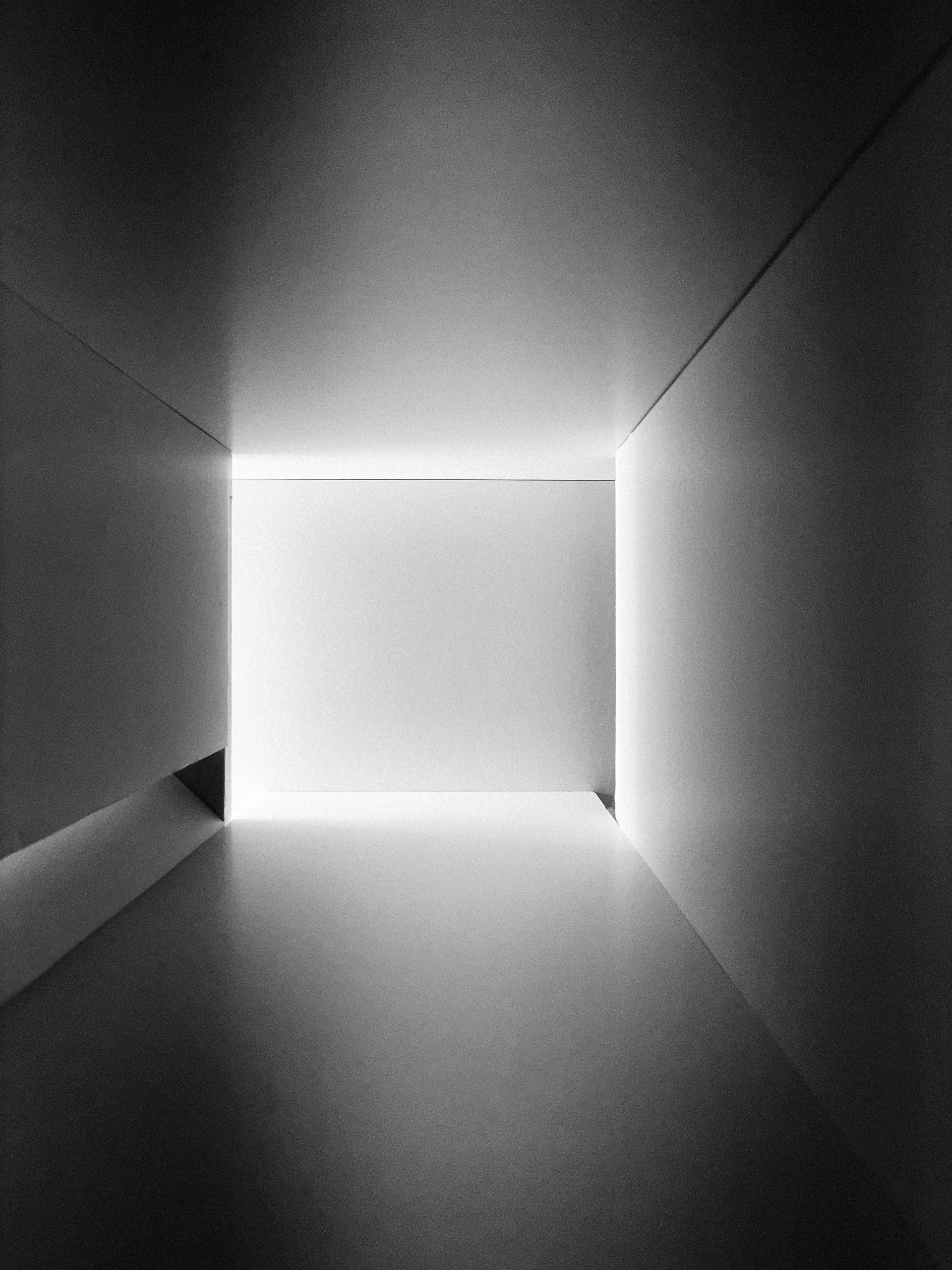
Final Small Lightbox - Iteration #1
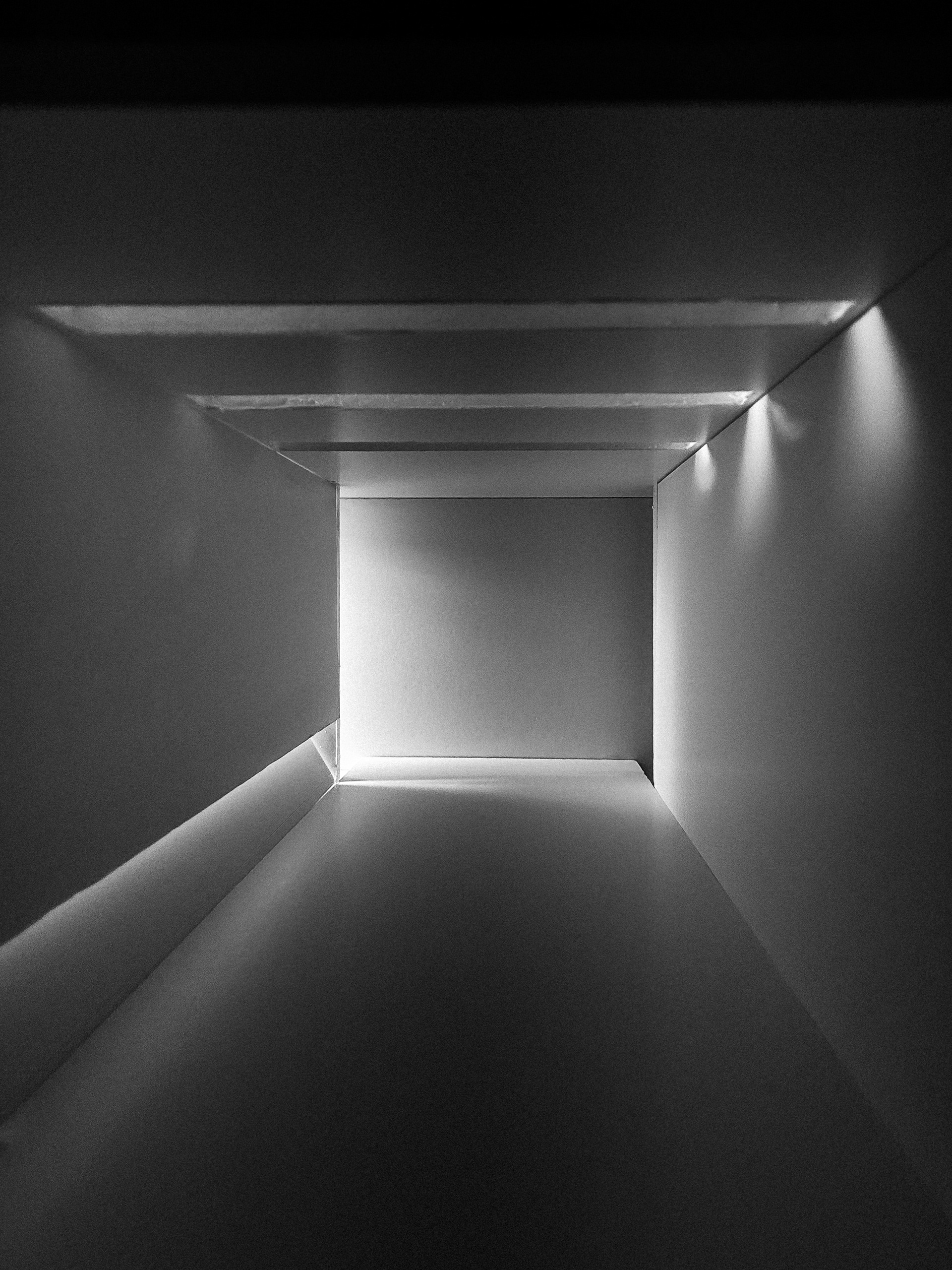
Final Small Lightbox - Iteration #2
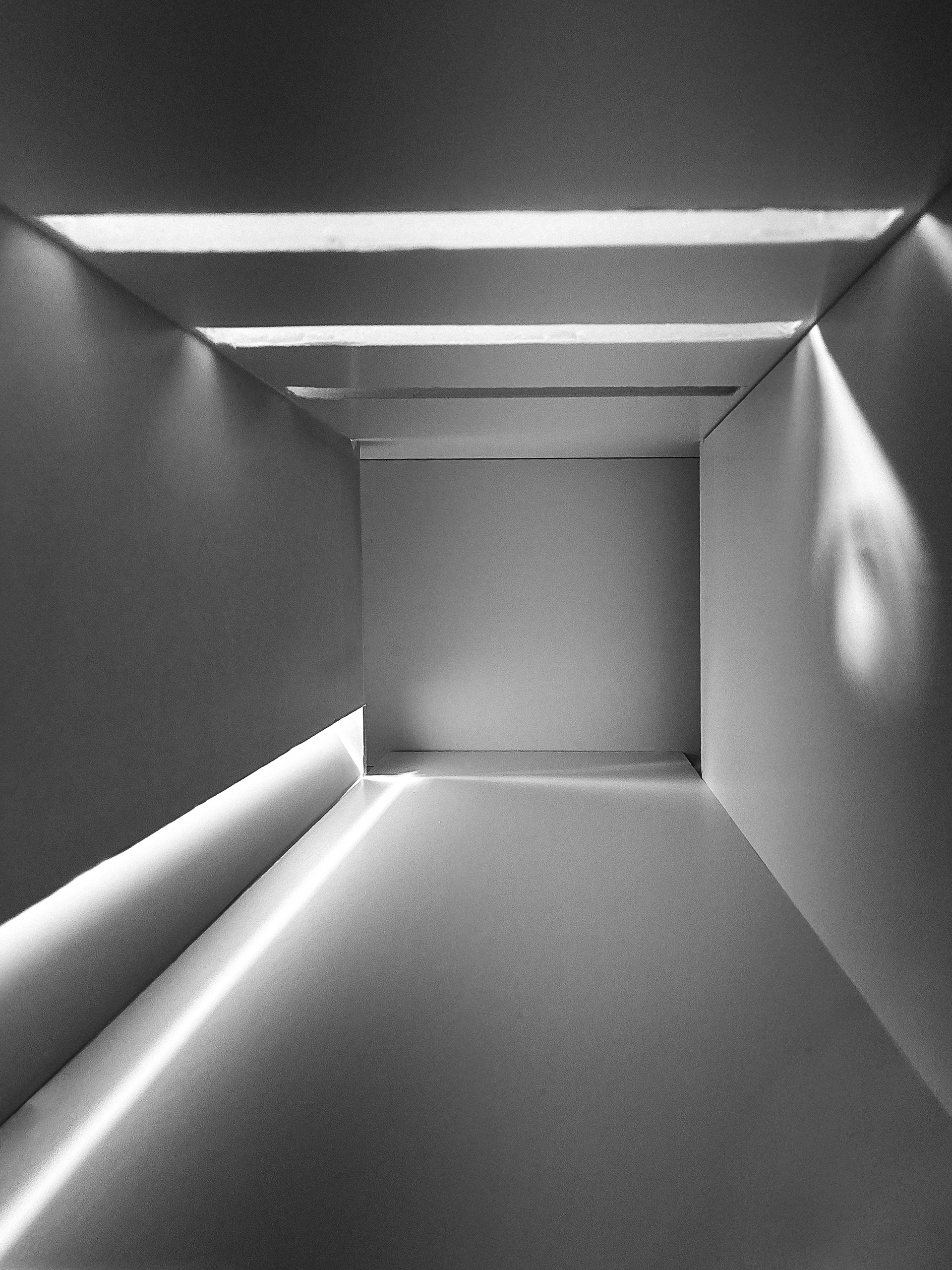
Final Small Lightbox - Iteration #3
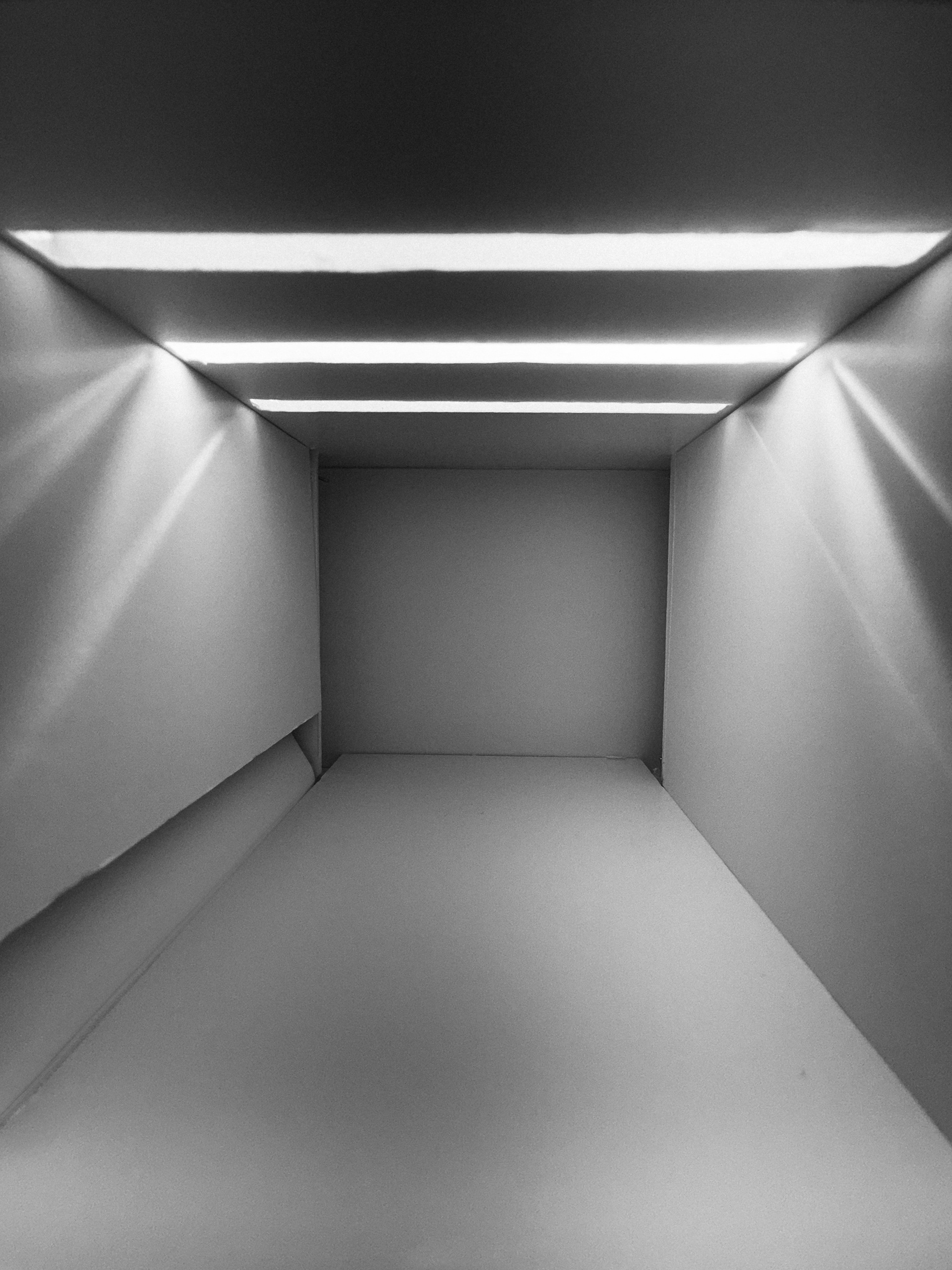
Final Small Lightbox - Iteration #4
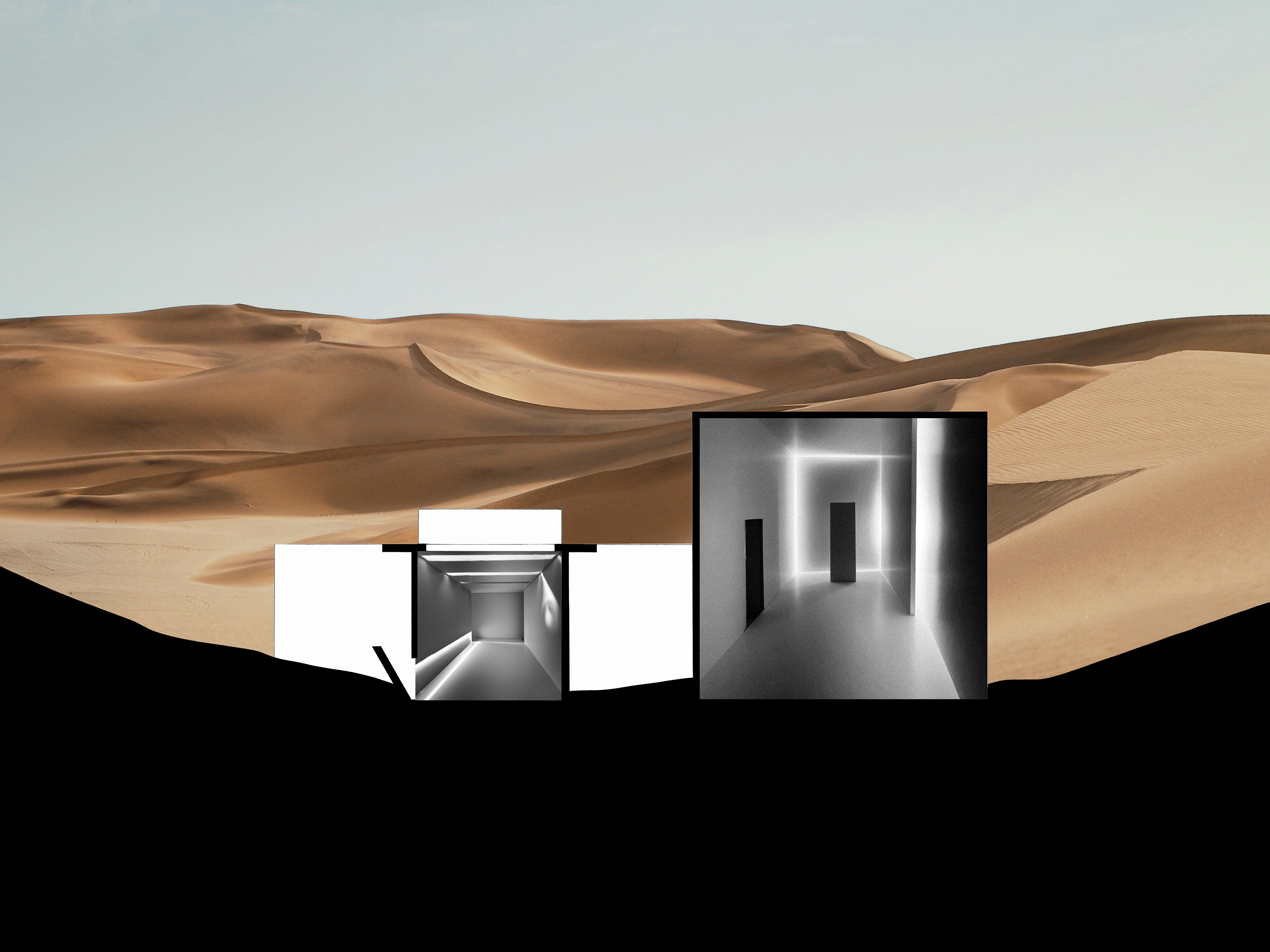
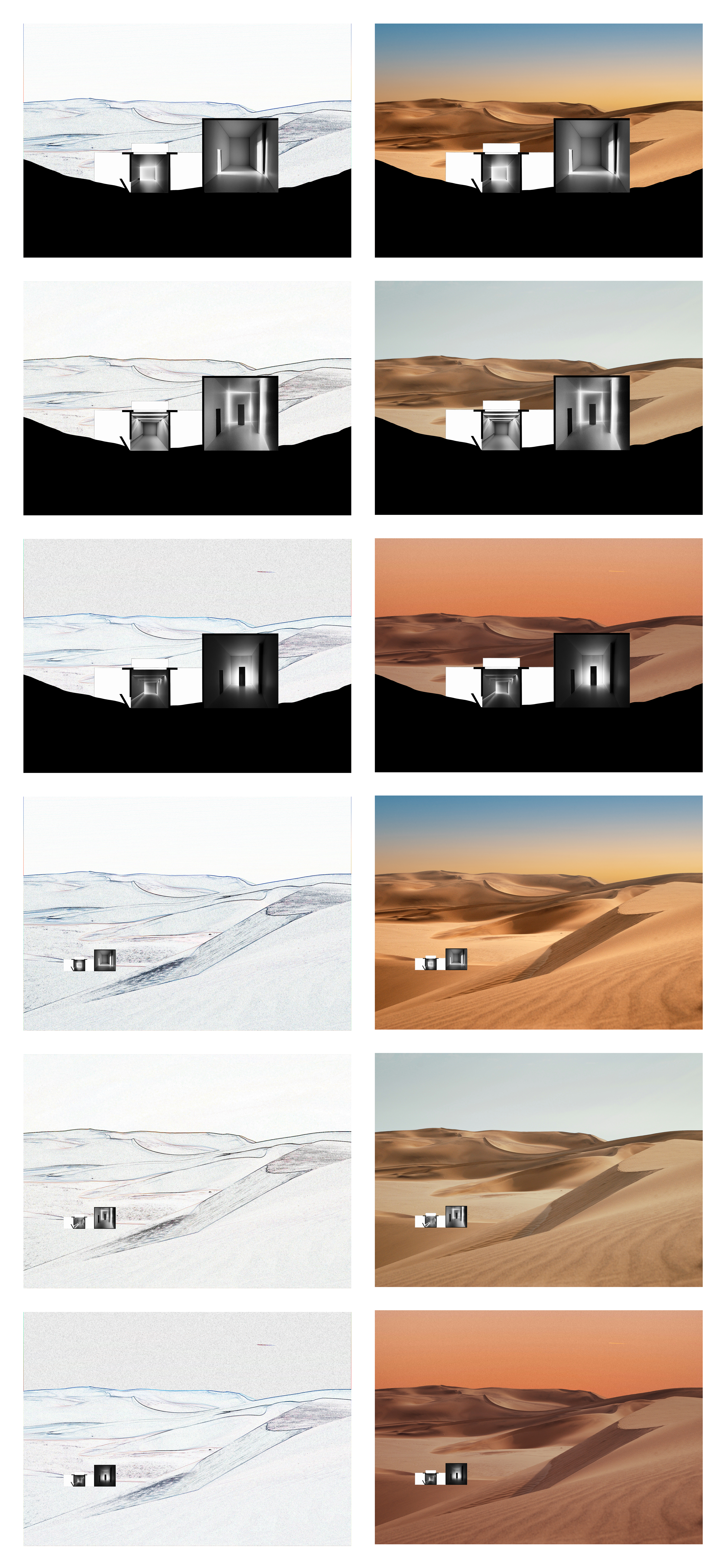
Sun positions
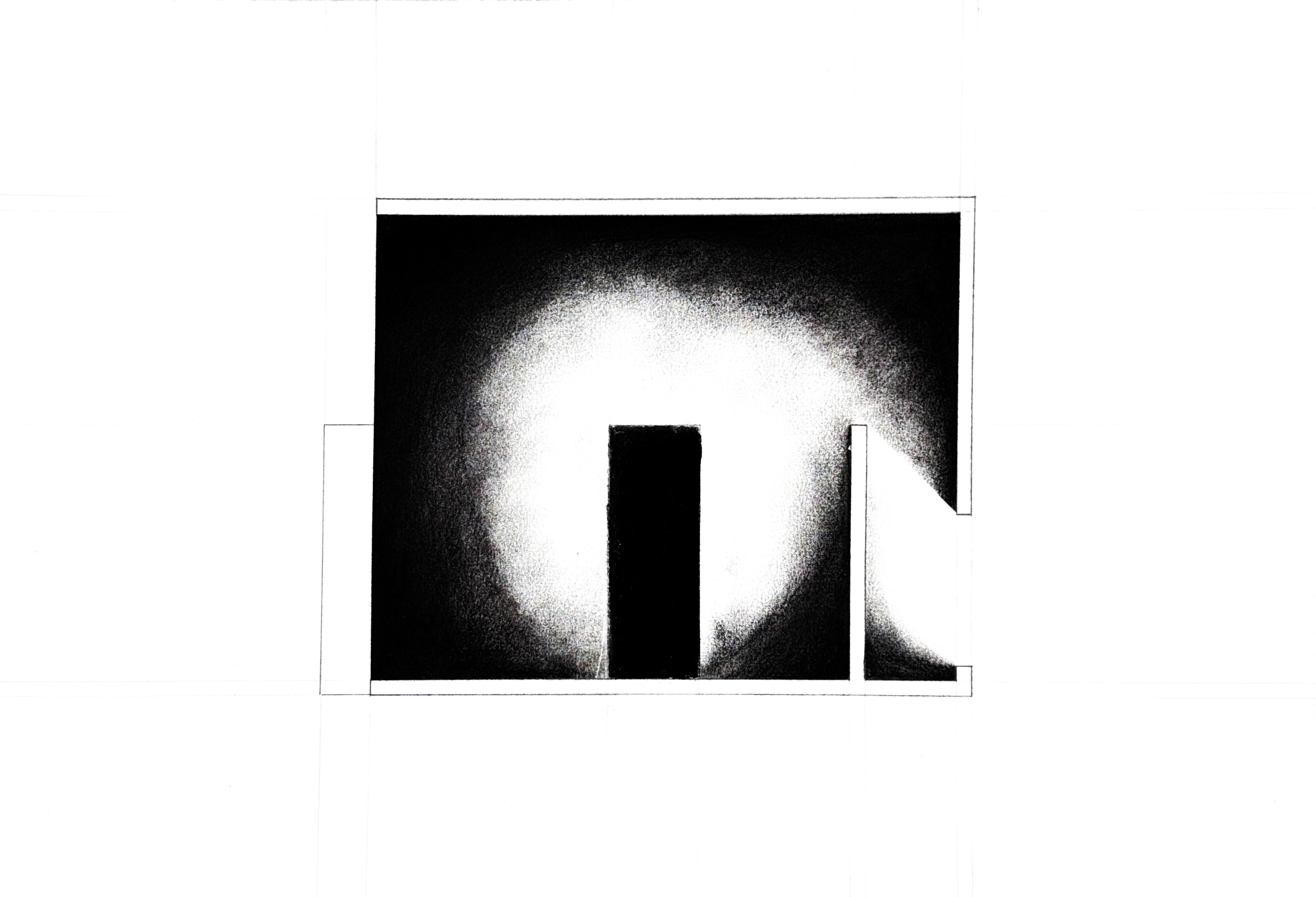
Charcoal Drawing - Section #1
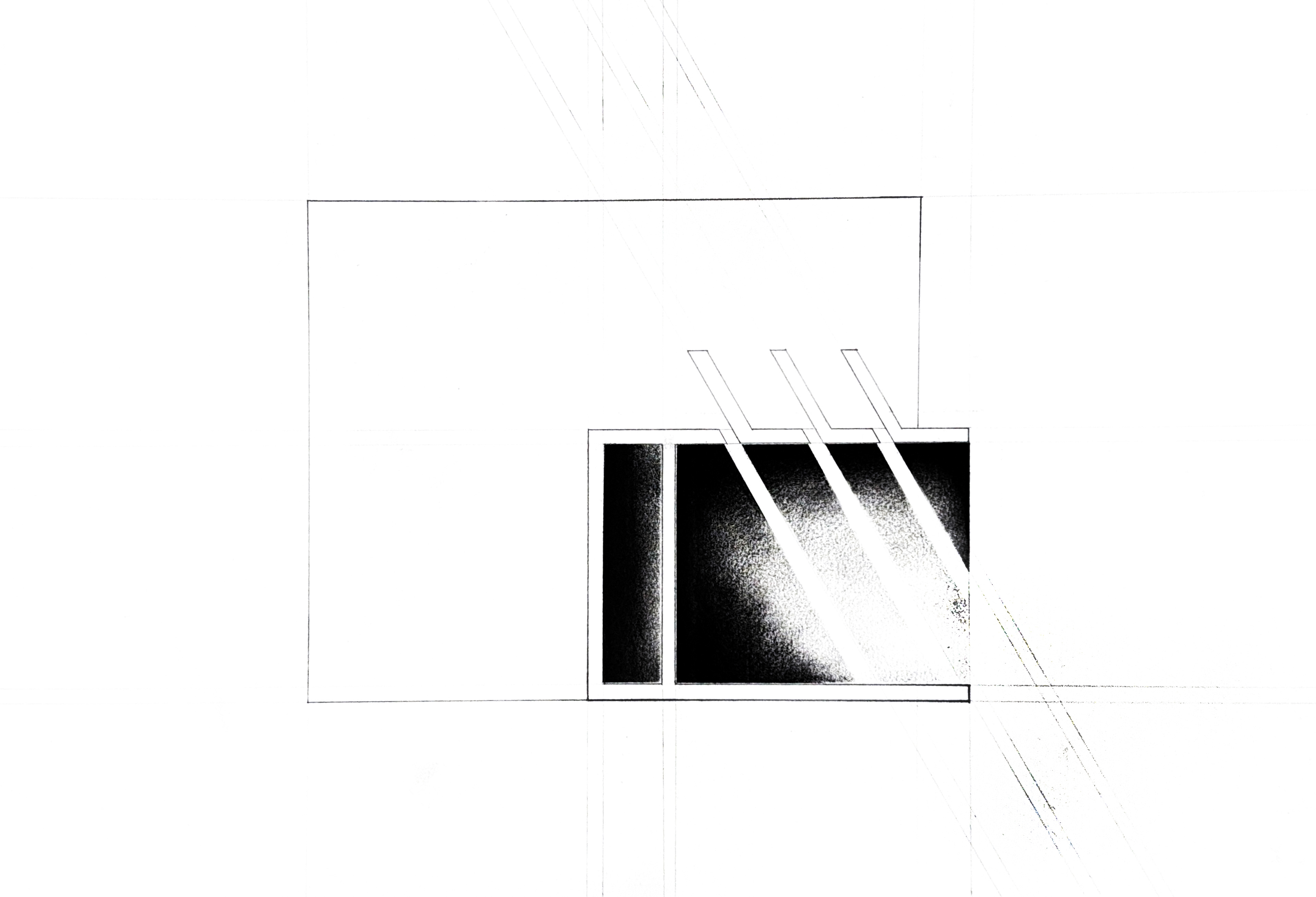
Charcoal Drawing - Section #2
Inspired by the original Twilight Zone, this project explores the idea of transition. An architectural moment suspended between Point A and Point B. The model becomes a space of passage, the in-between, where meaning is shaped not just by form, but by how one moves through it. In the larger box, a soft backlight filters through haze, creating a quiet tension. The structure in front of the light stands like a barrier, yet not one of finality. Instead, the glow behind it suggests hope, reminding the traveler that there is always a way forward, always light at the end.
The smaller box, by contrast, opens itself up. Illuminated by skylights and a subtle side lens, it expands beyond its scale. It feels open, weightless, like a vessel built to guide. Both forms together become a narrative, not only of architecture, but of experience. The reading of the space is subjective, shaped by the individual and their own path through it. In this project, architecture becomes more than form; it becomes memory, possibility, and the space between.
